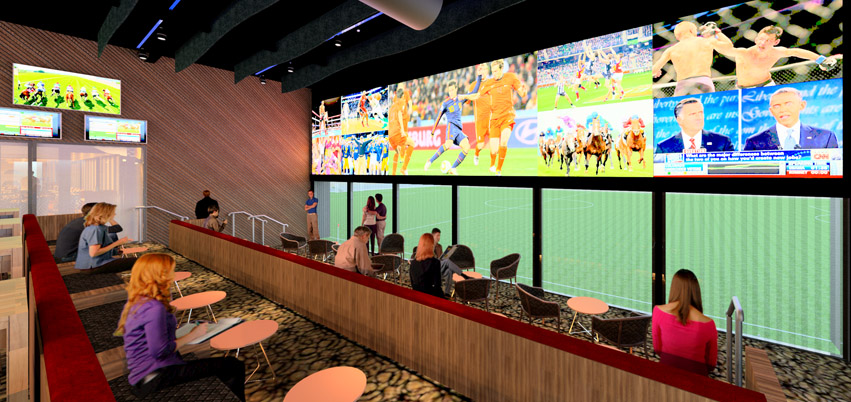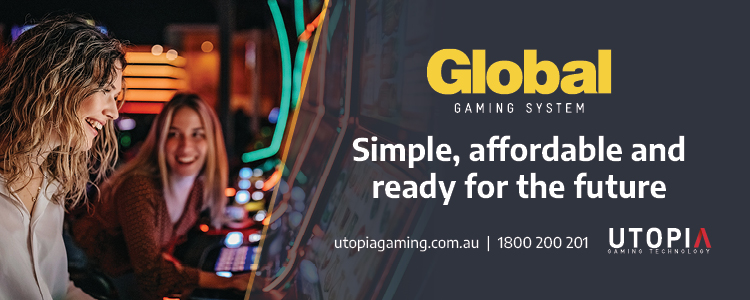
Hospitality specialist Cayas Architects is pioneering the use of Virtual Reality to make the collaboration between design and operator easier and more efficient.
Virtual Reality (VR) and Augmented Reality (AR) are emerging technologies that can turn a flat drawing or plan into an immersive environment through which a person can walk and even interact.
Cayas say VR is a great extension to the traditional tools of architecture, making plans and elevations far easier to visualise and understand, which greatly aids communication between architect and client, by allowing them to experience the newly designed space before it’s built.
“This is especially important in pubs, where layout of your bar and commercial kitchen can have a huge impact on the functionality and efficiency of operation,” Cayas partner Jeremy Ward told PubTIC.
“By experiencing these layouts early on in the virtual world, you can test the design and make changes on the fly that could significantly improve your design.”
Ward says early recognition of design issues means fewer variations during construction and fewer cost blow-outs.

Brisbane-based Cayas utilise a purpose-built virtual showroom, where people can literally walk through the virtual environment, but the VR designs can be accessed and experienced virtually anywhere.
“VR and AR technology has become incredibly accessible, so the client can experience it almost anywhere, in a variety of ways,” adds Ward.
“Clients can also experience the design externally via standalone 3D files. These allow you to navigate through the building in first person, as if playing a video game.
“Alternatively, 360-degree ‘fixed point’ views* can be experienced anywhere via any type of VR headset, or simply viewing on a computer screen.”
Cayas say there are a number of advantages to using VR:
- Better communication – more than the current standard of 3D representations, designs can be modified in real time and changes seen immediately
- Greater accuracy – VR can create a design in incredible detail at 1:1 scale, including detailing of fixtures and fittings
- Increased efficiency – architects can test and evaluate different design ideas from the beginning, minimising rework and speeding up time to relay changes to the client
The VR technology will soon incorporate ‘virtual hands’ that can draw and manipulate objects, to interact with the design at a higher level. The concept of the team site visit may also evolve, as the software becomes able to place multiple users in the environment simultaneously.
Further to that, Cayas suggest VR may in time deliver quantitative insights from users, such as gaze tracking and movement patterns, which could improve spacial design and way-finding.
*3D renders Norths Leagues, by Cayas


